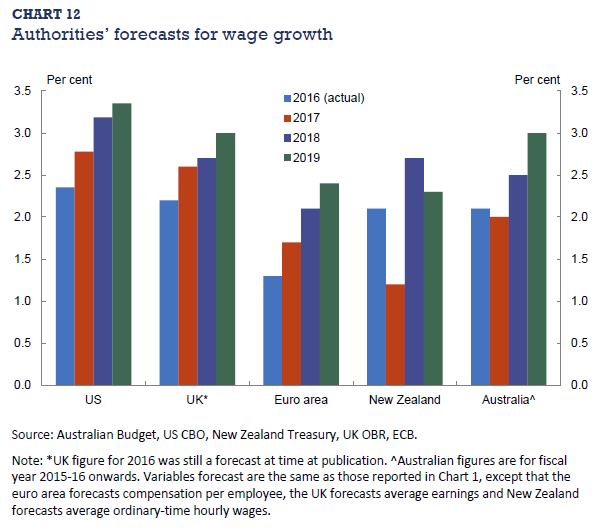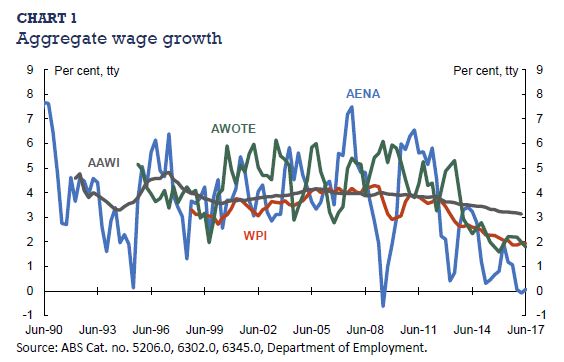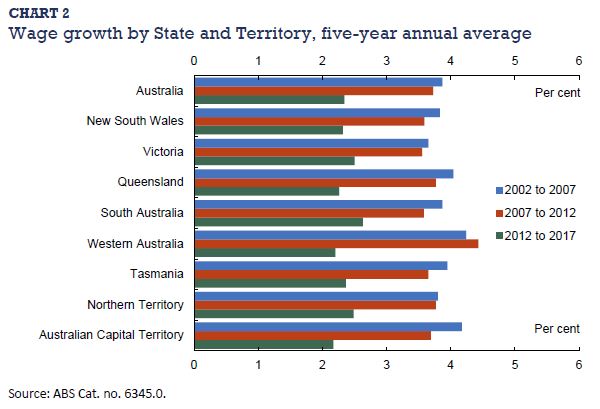Housing market and dwelling investment
The housing market is another sector which we will be monitoring closely.
In recent times, Australia has experienced one of the largest booms in housing construction since Federation, supported by record low interest rates and strong population growth.
Since June 2014, dwelling investment has constituted around 11 per cent of our economic growth.
Much of this has been driven by an unprecedented increase in the construction of high-rise apartment blocks in our east-coast cities. As a proportion of GDP, medium and high density housing construction is now 1.7 per cent, more than double its long-run average.
Housing market activity also continues to be characterised by some quite stark regional differences. Over the past three years, dwelling price growth in our capital cities has been around double that of regional areas. Also, as the east-coast states have experienced strong growth in investment and prices, the market in Western Australia has been much weaker.
However, as noted at Budget, forward indicators of housing construction, notably for apartments appear to have peaked.
The most recent national accounts show that dwelling investment grew by 1.6 per cent in 2016-17, which is less than we expected at Budget.
We expect that residential construction activity will decline moderately over the next few years, although an elevated pipeline of building work will underpin the sector. Strong population growth in our east-coast cities will also support housing demand going forward.
Victoria continues to have the fastest growing population of all the States and Territories, growing at around 2.4 per cent through the year to the March quarter 2017. New South Wales and Queensland each had population growth of about 1.6 per cent through the year to the March quarter 2017.
Over the past few months, dwelling price growth has moderated in our east-coast cities. After years of strong price growth, this is desirable.
Household debt
The state of household finances is an issue that is getting close attention in Australia and that is understandable – but it should be placed in context.
Several considerations should provide some comfort to those concerned about household debt levels.
While household debt has risen over recent years, interest rates have also fallen.
The net result is that the share of household disposable income going to interest payments is currently around its long-term average.
Many households have taken advantage of low interest rates to build substantial mortgages buffers, currently equivalent to over 2 ½ years of scheduled repayments at current interest rates.
And the distribution of that debt is concentrated in high income households, with around 60 per cent of debt held by households in Australia’s top two income quintiles – households that are best positioned to service that debt.
More broadly, any assessment of the sustainability of Australia’s household debt position requires consideration of the assets that those households hold against their debt. We shouldn’t just think about one side of the household balance sheet.
The Australian household sector’s asset holdings are considerable, at around five times greater than its debts – Australian households may have over $2 trillion in debt, but they also hold over $12 trillion in assets.
That said, asset values can always fall (and often do) while debt values generally don’t, squeezing net worth in the process.
And perhaps more importantly, around 75 per cent of household assets are in housing and superannuation.
The fact that households need homes to live in, that it takes time to sell properties, and that superannuation is ‘locked away’ until retirement means that these assets cannot easily provide liquidity to households during periods of financial stress.
It’s also the case that higher debt levels have made households more sensitive to any increase in interest rates in the future.
The Reserve Bank will be mindful of this when thinking about domestic monetary policy, though global monetary conditions can also impact upon the wholesale funding costs of Australian banks.
For these reasons, Australian financial regulators are alive to the risks presented by household sector debt, and will continue to closely monitor and enforce sound lending practices by Australian financial institutions
Macroprudential policies
House price growth has moderated recently and there are welcome signs of moderation in investor and interest-only residential lending activity.
However, it is too soon to make a final assessment of the impact of APRA’s March 2017 macroprudential measures on lending.
These measures included maintaining the growth limit on investor loans first introduced in December 2014 at 10 per cent and limiting the flow of new interest-only lending to 30 per cent of total new lending.
Treasury and regulators will continue to be vigilant in assessing developments in the financial system and the adequacy of policy settings for maintaining financial stability.
While banks’ progress against these measures has been positive, regulators will need to think carefully about whether future efforts to maintain financial stability should lean against cyclical excesses or address structural risks within the financial system.












